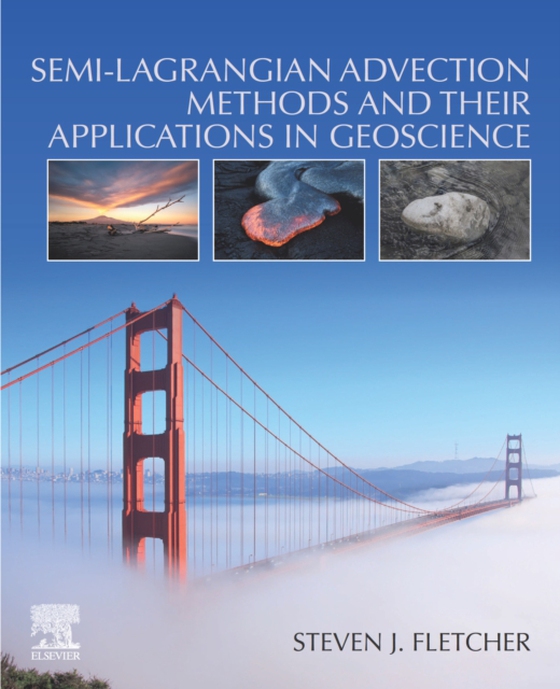
Semi-Lagrangian Advection Methods and Their Applications in Geoscience e-bog
1167,65 DKK
(inkl. moms 1459,56 DKK)
Semi-Lagrangian Advection Methods and Their Applications in Geoscience provides a much-needed resource on semi-Lagrangian theory, methods, and applications. Covering a variety of applications, the book brings together developments of the semi-Lagrangian in one place and offers a comparison of semi-Lagrangian methods with Eulerian-based approaches. It also includes a chapter dedicated to difficu...
E-bog
1167,65 DKK
Forlag
Elsevier
Udgivet
18 november 2019
Længde
624 sider
Genrer
Operational research
Sprog
English
Format
epub
Beskyttelse
LCP
ISBN
9780128172230
Semi-Lagrangian Advection Methods and Their Applications in Geoscience provides a much-needed resource on semi-Lagrangian theory, methods, and applications. Covering a variety of applications, the book brings together developments of the semi-Lagrangian in one place and offers a comparison of semi-Lagrangian methods with Eulerian-based approaches. It also includes a chapter dedicated to difficulties of dealing with the adjoint of semi-Lagrangian methods and illustrates the behavior of different schemes for different applications. This allows for a better understanding of which schemes are most efficient, stable, consistent, and likely to introduce the minimum model error into a given problem. Beneficial for students learning about numerical approximations to advection, researchers applying these techniques to geoscientific modeling, and practitioners looking for the best approach for modeling, Semi-Lagrangian Advection Methods and Their Applications in Geoscience fills a crucial gap in numerical modeling and data assimilation in geoscience. Provides a single resource for understanding semi-Lagrangian methods and what is involved in its application Includes exercises and codes to supplement learning and create opportunities for practice Includes coverage of adjoints, examining the advantages and disadvantages of different approaches in multiple coordinate systems and different discretizations Includes links to numerical datasets and animations to further enhance understanding
 Dansk
Dansk

